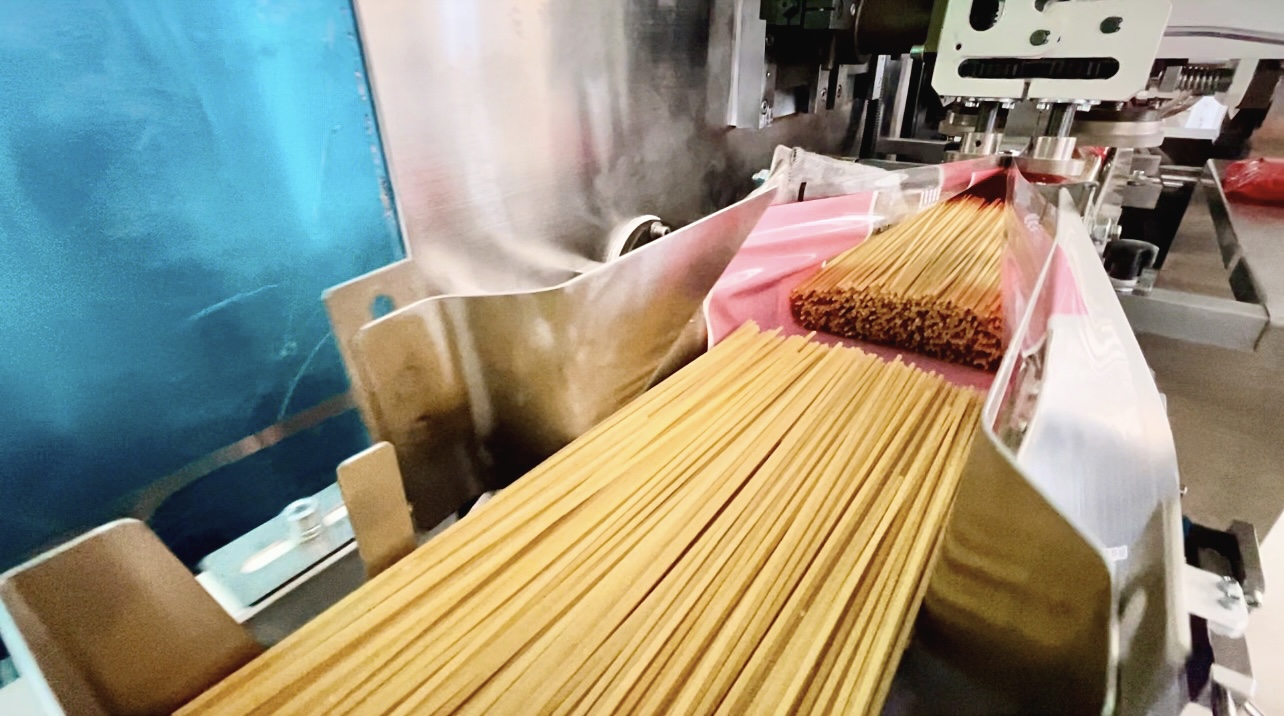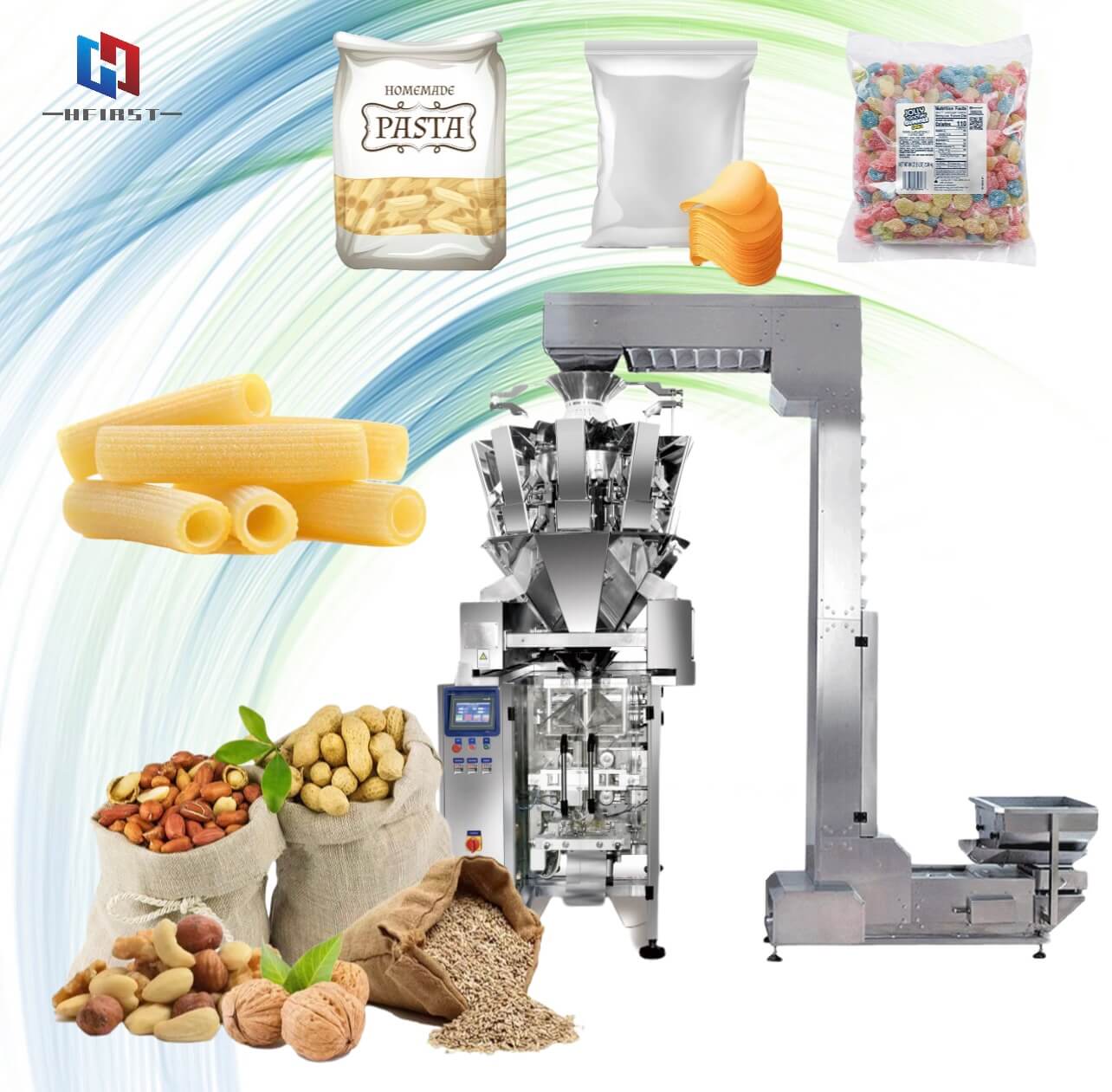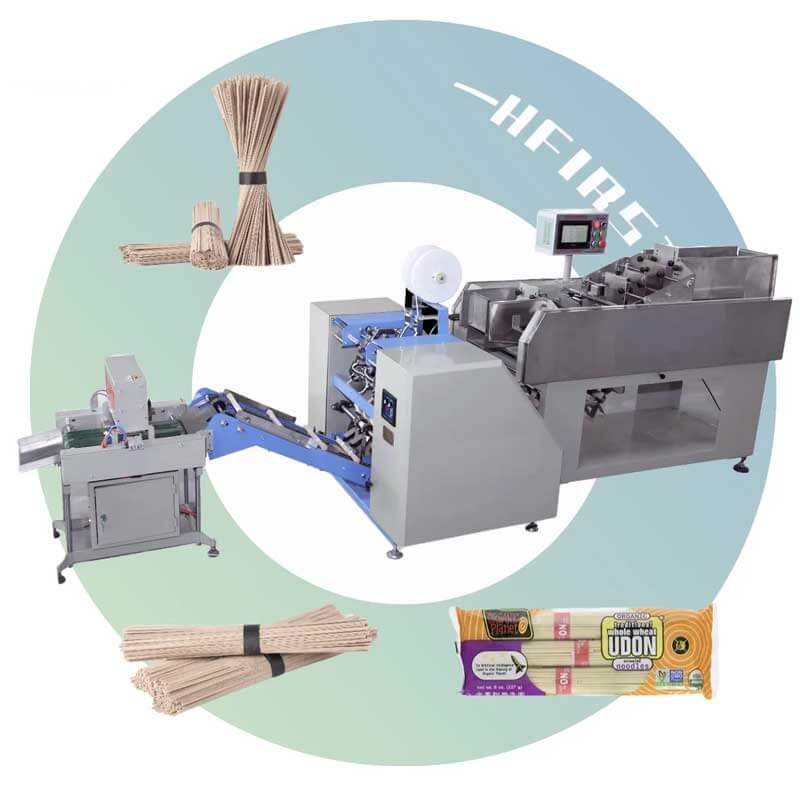6 Tips for Conducting a Successful Machinery Audit
2023-09-07
6 Tips for Conducting a Successful Machinery Audit
We know from experience that keeping production buzzing is so much more than staying on schedule. It’s cliché to say there are a lot of moving parts in a production facility outside of just the machinery; from managing headcount, stocking parts, and keeping production consistent. You need your packaging equipment to stay predictable and harmonious.
Audits aren't just for finance folks. Let's talk about why they are a cornerstone of capital equipment maintenance.
Like a personal wellness visit, OEM audits allow plants to get expert opinions on the overall efficiency of a bagger or packaging line and give your entire team the chance to address any concerns or understand best practices.
Conducting audits of your packaging machinery is beneficial in many ways, from simplifying operations to helping to find ways to save money on energy costs and improve your OEE metrics.
However, conducting an audit can be daunting, especially if you’re not sure what steps to take or how to interpret the data you collect. To help with this process, here are six tips for conducting a successful machinery audit on your own packaging machinery that will help streamline production and boost your overall OEE stats.
1 Plan For Any Needed Downtime
If you are planning to conduct an invasive audit of your equipment, where you have shut down and opened things up, plucked belts, tested switches, and deep cleaned, you need to be prepared for things to happen.
It's always beneficial to have extra switches, belts, and a few meters of cable handy... in any case.
2 Safety First- Ensure Safeguards Operate Effectively
Before anything else, safety should be your number one priority. It's important to ensure that all safety features on your machinery are functioning properly.
This includes guard doors, alarms and sensors. Checking these items will help you identify potential hazards and ensure that your employees are safe while operating the machinery.
3 Future Proofing- Look for parts obsolescence
When you're conducting your machinery audit, be sure to look for signs of obsolescence in the electronic components. The world of electronic components is constantly changing, with parts becoming obsolete. Supply chain stressors in the last two years have created long lead times on electrical components. You will need to plan several months in advance for an electrical upgrade, even with the upgrade happening in your facility, just so that the needed components can be delivered.
By keeping a record of the age of the electrical components of your equipment and getting in front of any component obsolescence, you are essentially future-proofing your packaging machinery. You can avoid disruptions in your production line and keep your operation running smoothly.
4 Make sure all prox switches and sensors are functioning as designed
Proximity switches are simple components that can cause big issues. Auditing your machinery should include the simple step of checking them and any small sensors, you can ensure that they are functioning as designed and avoid potential problems down the line.
Begin by checking that all of the sensors are clean and free of debris. If any of the sensors are dirty, they may not be able to properly detect objects passing by, which can lead to errors in the system.
Lastly, take a look at the cabling. Check for any signs of wear or damage, and make sure that all connections are secure. It's always helpful to have a few yards of cable in your parts crib on hand in case one goes bad.
5 Get Back to the Baseline
After years of production, personnel changes, different levels of preventative maintenance, and even changes in films can bring a lot of tweaks to recipes and even cause incremental drops in performance levels for your packaging operation. Sometimes it’s beneficial to hit the figurative “reset” button on your bagger and get back to a baseline.
Many facilities have also gone the route of logging these baseline metrics as standard operating procedures and even locking them down, to increase the consistency of the products coming off of the line each shift.
As your team completes an audit, swapping out any tired components and cleaning any faulty sensors, getting back to and maintaining a baseline will be essential. Some of the recipes could have been tweaked to compensate for something like a tired seal jaw that you just swapped out.
6 The Value of a Second Opinion
Sometimes if you have a specific problem you can’t solve or even have bandwidth or skill level needs of your maintenance team, it can be best to rely on someone else to come in and conduct your audit.
When it comes to HAIFEISITE equipment, customers have the option to delegate this to one of our own service experts. With countless hours installing, troubleshooting, and monitoring the performance of HAIFEISITE equipment, they have a lot of value to add to the auditing process. Our longest-tenured team members are a part of the group that we rely on to audit packaging equipment.





